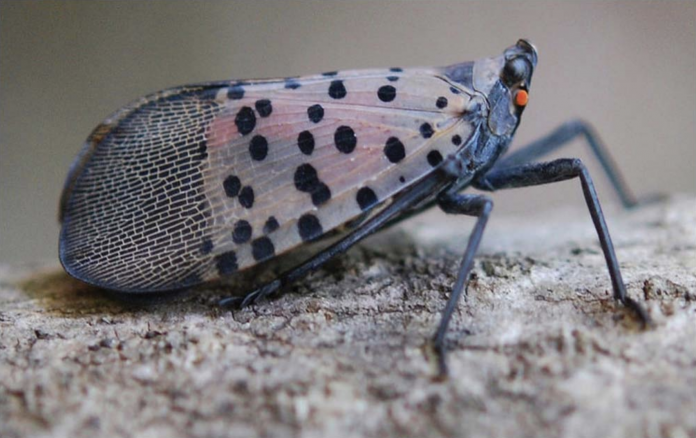
REYNOLDSBURG, Ohio — The Ohio Department of Agriculture announced last week that there are several new spotted lanternfly infestations across the state, including Columbus and Toledo.
As a result of new detections, Franklin, Hamilton, Lucas, Mahoning and Muskingum counties will be added to the spotted lanternfly quarantine area.
In 2021, ODA designated the spotted lanternfly as a destructive plant pest and established regulations aimed at reducing the risk of spread. In quarantine areas, spotted lanternfly infestations have been confirmed and inspections are increased. Cuyahoga, Lorain and Jefferson counties are also quarantined.
The spotted lanternfly was first detected in the U.S. in Pennsylvania in 2014. It was likely brought to the U.S. by imported goods. The first confirmation of this pest in Ohio was in Mingo Junction, in Jefferson County, in 2020. A population was detected in Cleveland in September 2021.
Details
The spotted lanternfly is an invasive insect native to Asia. It’s not a danger to humans, but it is a pest to many plants and trees.
Spotted lanternflies will feed on the sap of more than 100 species of trees and other plants, but its favorite is an invasive tree known as the tree of heaven. Researchers have found lanternflies rarely kill the plants they feed on, but high populations of the bugs can cause damage and stress to plants, impacting yields and the quality of harvests.
Host plants are harmed by being fed on and by the secretions spotted lanternflies leave behind. The sticky secretion, called honeydew, promotes the growth of sooty mold, which is extremely damaging, especially to fruit crops. These secretions can also attract other pests to feed on a host plant.
Spotted lanternflies are a grave concern to vineyard operators and the wine industry as the bugs have been shown to kill grape vines. The grape and winery industry in Ohio contributes more than $6 billion dollars in economic activity to the state yearly.
In late summer and into fall, spotted lanternflies are in their adult stage. They are approximately one inch, with black bodies and colorful red and grey wings with black markings. They will lay eggs beginning in October. Freshly laid egg masses have a grey, waxy, mud-like coating, while hatched eggs look like brownish, seed-like deposits in four to seven columns about an inch long. Egg masses measure about 1/2 to 3/4 inch wide.
If you see a spotted lanternfly or damage caused by them, report it to Ohio Department of Agriculture by filling out the Ohio Plant Pest Reporter online at agri.ohio.gov/divisions/plant-health/invasive-pests/invasive-insects/slf. A clear photo is required for submissions.
Other areas impacted
The spotted lanternfly is found in 51 counties in Pennsylvania, all of which are under a state-imposed quarantine. Lawrence, Butler, Fayette, Somerset, Clearfield and Clinton were added to the quarantine list this year. Spotted lanternfly has also been found in West Virginia, Indiana, Maryland, New York, New Jersey, Virginia, Delaware and Connecticut.









